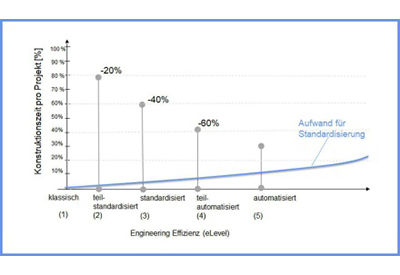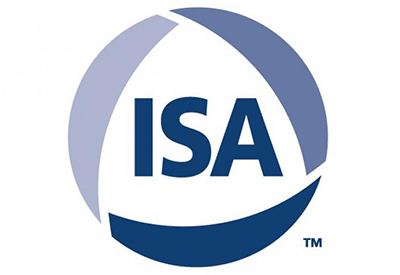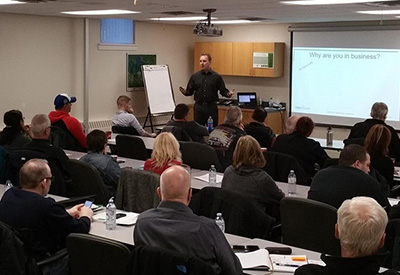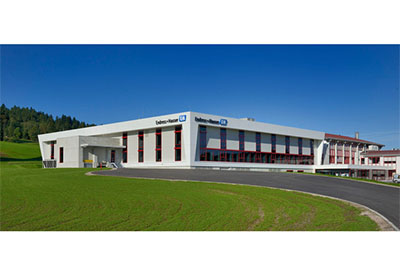Partly automated engineering increases efficiency

July 22, 2019
Academics at the European 4.0 Transformation Center on the RWTH Aachen University campus are presenting a model as part of the Engineering 4.0 study that highlights action areas for efficiency along the value creation chain. They range from standardization to automation of processes. The results are based on a field study in series and special machine construction and offer methods for quantifying potential and identifying measures to be taken. The researchers are introducing a five-stage Efficiency Level Matrix together with a Use Level Matrix, which describes the use of CAE software as the basis for a modern Engineering 4.0 approach.
The study is based on ten process stages through which an order passes in mechanical engineering and covers design, engineering, control cabinet construction, parts lists as well as items and templates. According to the academics, these areas offer a great deal of potential for saving time and money through standardization and automation projects. The researchers have reached the conclusion that companies that meet all of the five efficiency levels could work 20% more efficiently in each; there should also be significant time savings, when drawing up circuit diagrams, for example.
















